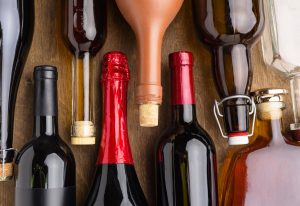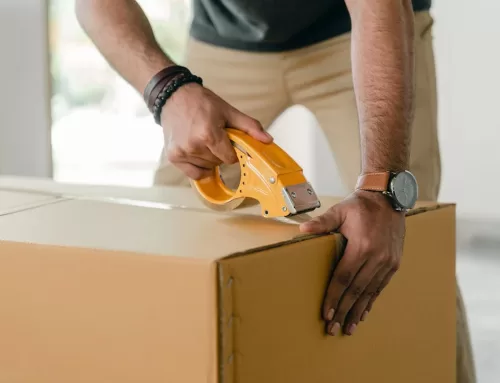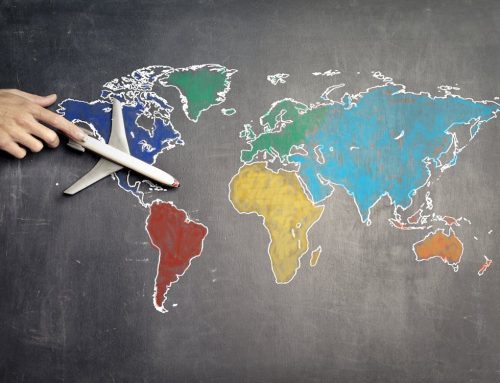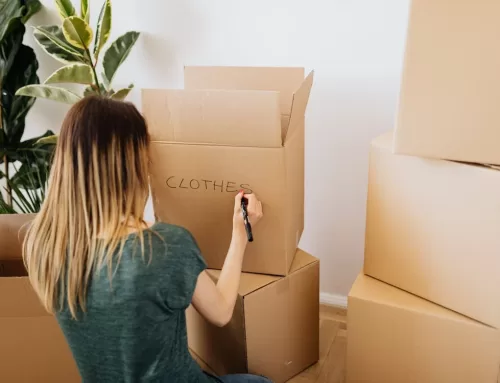
If you’re planning a return to Canada after a trip abroad, you may be wondering how much alcohol can I bring into Canada without running into problems at the border. Understanding the rules around Canada customs alcohol limits is essential whether you’re just visiting a duty-free shop or relocating back to Canada long term.
The Canada customs liquor allowance is based on how long you’ve been away and whether you’re within the duty-free exemption window. If you’ve been away for less than 24 hours, unfortunately, you’re not eligible for any personal exemptions, and this includes alcohol. So if you’re just hopping over the border for the day, your liquor allowance into Canada is effectively zero.
Once you’ve been away for 48 hours or more, you’re entitled to bring in a limited quantity of alcohol duty-free. So, how much alcohol per person can you bring into Canada at that point?
How much alcohol can be brought into Canada?
The limit includes:
- Up to 1.5 litres of wine (that’s two standard 750 ml bottles)
- Up to 1.14 litres of liquor, such as whisky, vodka, or rum
- Up to 8.5 litres of beer or ale, which works out to about 24 standard-sized cans or bottles
This is your allowed alcohol into Canada for personal use without paying duty. But remember, the Canada customs alcohol limit is strictly enforced. You must carry the alcohol with you at the time of entry. You can’t bring it in as unaccompanied goods or send it in a shipment later unless you’re moving and qualify under separate customs exemptions.
If you’re returning after seven days or more, the same exemptions apply, but the rest of your personal goods may follow you later. The alcohol, however, must still be with you physically when you arrive.
You must also meet the legal drinking age in the province where you enter. In Alberta, Manitoba, and Quebec, the legal age is 18. In all other provinces and territories, it’s 19. This applies no matter how long you’ve been away or how much alcohol you’re bringing.
It’s also important to know the difference between duty-free alcohol and regular purchases. If you’re buying from a duty-free shop, the same Canada customs allowances for alcohol apply, but the pricing may be better. Just be sure to keep your receipts and declare everything.
What happens if you exceed your liquor allowance into Canada?
You will have to pay duty on alcohol into Canada, which includes federal duties and taxes, plus any provincial or territorial levies. These vary depending on the province and the type of alcohol you’re bringing in. The best advice is to check with the provincial liquor control authority in the province you’ll be entering through before your return.
Also, not all alcohol is treated equally. The Canada customs liquor classification includes anything over 0.5 percent alcohol by volume. However, some low-alcohol “coolers” may be treated as beer or wine depending on their base. So it’s worth double-checking if you’re packing something like wine coolers or flavored malt beverages.
Lastly, if you’re packing alcohol in your luggage, you can generally place up to five litres of alcohol per person in checked baggage if the alcohol content is between 24 percent and 70 percent. Anything under 24 percent isn’t restricted by quantity for air travel, but you’re still subject to the Canada customs alcohol limit when entering the country.
So whether you’re bringing back alcohol to Canada from a European vacation or bringing back liquor to Canada from a weekend in the U.S., always declare what you’re carrying and know your limits.
For the most accurate and up-to-date information, always check directly with the Canada Border Services Agency before you travel.




